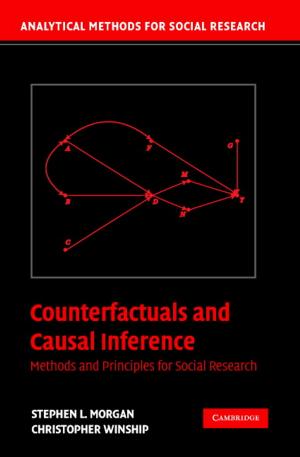An Introduction to Sparse Stochastic Processes
Nonfiction, Science & Nature, Technology, Engineering, Computers, General Computing| Author: | Michael Unser, Pouya D. Tafti | ISBN: | 9781316054505 |
| Publisher: | Cambridge University Press | Publication: | August 21, 2014 |
| Imprint: | Cambridge University Press | Language: | English |
| Author: | Michael Unser, Pouya D. Tafti |
| ISBN: | 9781316054505 |
| Publisher: | Cambridge University Press |
| Publication: | August 21, 2014 |
| Imprint: | Cambridge University Press |
| Language: | English |
Providing a novel approach to sparsity, this comprehensive book presents the theory of stochastic processes that are ruled by linear stochastic differential equations, and that admit a parsimonious representation in a matched wavelet-like basis. Two key themes are the statistical property of infinite divisibility, which leads to two distinct types of behaviour - Gaussian and sparse - and the structural link between linear stochastic processes and spline functions, which is exploited to simplify the mathematical analysis. The core of the book is devoted to investigating sparse processes, including a complete description of their transform-domain statistics. The final part develops practical signal-processing algorithms that are based on these models, with special emphasis on biomedical image reconstruction. This is an ideal reference for graduate students and researchers with an interest in signal/image processing, compressed sensing, approximation theory, machine learning, or statistics.
Providing a novel approach to sparsity, this comprehensive book presents the theory of stochastic processes that are ruled by linear stochastic differential equations, and that admit a parsimonious representation in a matched wavelet-like basis. Two key themes are the statistical property of infinite divisibility, which leads to two distinct types of behaviour - Gaussian and sparse - and the structural link between linear stochastic processes and spline functions, which is exploited to simplify the mathematical analysis. The core of the book is devoted to investigating sparse processes, including a complete description of their transform-domain statistics. The final part develops practical signal-processing algorithms that are based on these models, with special emphasis on biomedical image reconstruction. This is an ideal reference for graduate students and researchers with an interest in signal/image processing, compressed sensing, approximation theory, machine learning, or statistics.















